|
We have many options available to reduce our impact on God's earth and reduce our waste. In today's post, I'm sharing some information on recycling put together by Lake Katherine's Green Team. Recycling is one option that we have to reduce how much waste ends up in landfills and how many new materials need to be made to produce future products. Mining for and processing metals to make steel and aluminum cans is particularly resource-intensive--so make sure those soda cans and soup cans make it into the recycling bin! The good news when using metal cans is that metals are some of the most recyclable materials because they can be used over and over to make the same type of container. Some details on recycling may vary by your region and your recycling provider, so if you have questions, you can always take a look online to find more details for where you live. Recycling is a good and relatively easy step to reducing our waste, but it's not a silver bullet for all our environmental problems. Look for future posts addressing some of the other R's of Refuse, Reduce, Reuse, Repurpose, and Recycle.
0 Comments
The rhythms of life have changed quite a bit for most of us during the current pandemic. While we lament the tolls of COVID-19 and much that we have lost, I have also found this a time to develop my attentiveness to God's creation. In the spring and summer, I was home with my kids, and we spent so much time in our yard, noticing details we had never had noticed before. We watched the flowers grow and gawked over a robin's nest built right next to our house. I heard the call of a yellow warbler frequently. It seemed as if wildlife were all around us much more so than usual. But had nature changed? Or had we changed? Certainly, there are interesting examples of nature responding to the changes in human behavior, such as wildlife exploring cities on lockdown. However, I think for many of us, it is our own pace of life and and time spent in one place that have changed. Even an area quite familiar to us--a backyard, a favorite park, or a forest preserve--can yield new insights and reveal more intricacies of God's creation when we visit more often and spend the time to stop and notice things. In the fall, Trinity resumed classes virtually but with offices open and some residential students. I regret that I can't take my students out to the Trin Trail along Navajo Creek with me this term, but we've still found ways to be attentive to God's creation in different ways. My students have gone out individually to make observations--sometimes in their own yard, sometimes at a forest preserve or state park. I love to read about their observations and experiences and see how they, too, are thinking about their place in a new way. One morning I received an email from two of my colleagues asking about a fungus growing on a tree on campus. They had taken the time to be attentive to creation and to pursue more knowledge.
So stop and notice the mushrooms--or any piece of God's creation that catches your eye. Find the last flower blooming that has weathered freezing nights. Observe the way the frost forms on a fall leaf. Watch for the birds seeking out their food in the winter. I'm pleased to share this article from Christianity Today that features interviews with me and with Norman Wirzba. If you haven't heard of Norman Wirzba yet, make sure to check out his book From Nature to Creation. I hope you have a chance to explore your own sense of place as we weather the storm of COVID-19. Robin's nest built up against the side of my house.
We are waiting to see when the eggs hatch. Mollusk and fish collection in the basement of the Field Museum You never know just what you'll see on a behind the scenes tour of the field museum. Perhaps a rock from the moon? A dinosaur femur being cleaned? A study skin of a Carolina parakeet? Whatever you see, you'll be sure to be amazed at the vast collections the Field Museum holds and how much research is being done based on the work of Field Museum scientists. It's a special treat to be able to take my Conservation Biology class to see what goes on behind the scenes. This year some of the highlights were seeing a coelacanth specimen, the bird lab, the dermestid beetles, parts of the insect collection, and the fossil prep lab.
Not only is the Field Museum a wonderful place to visit the exhibits and spend a day with your family, it's also a leading force in scientific discoveries and conservation action. New species are being discovered and genetic differences among species are being deciphered. Researchers around the world can request specimens for study, whether the specimens be fish or plants or something else. Scientists go into different parts of the world and conduct rapid inventories to better understand our world's diversity and promote the establishment of nature reserves. Just the day after we visited, a new study was released on the size of migratory birds based on the work of Field Museum scientist Dave Willard. What a blessing to be able to see all this work that goes on behind the scenes at the Field Museum! Insect collection: examples from butterflies and buprestid beetles
Students in my Survey of Plants and Animals course at Lake Katherine after setting up our sampling locations this spring. Have you ever caught a pillbug, maybe from an overturned rock in your garden or in the woods? How about a beetle? When we are out for a walk in nature, we often tend to focus on the larger organisms--the trees, the birds, the mammals. However, the little creatures like pillbugs and beetles are an important part of the biodiversity as well, which if we take the time to notice are all around us. I've been working on a project with students in my classes to help Lake Katherine Nature Center gain a better understanding of the biodiversity of "little creatures" along the west side of the lake. The "little creatures" we have been studying are invertebrates, mainly in the group we call arthropods (which includes insects, pillbugs, and millipedes) as well as some other creatures like snails and earthworms. How do we catch these invertebrates? We set up something called a pitfall trap, which is basically a cup filled with propylene gycol to catch invertebrates that are crawling over the ground. We put a little rain-cover over the cup, which is propped up by a couple of rocks and then held in place by a rock on top. Pretty basic set-up, but it gets the job done. On the left, a pitfall trap set up with the rain-cover visible. Notice that the area looks a bit blackened from a controlled burn that was conducted just before we set up our traps for the season. On the right, students setting up a trap near the lake's edge. Pitfall traps are particularly useful because we can leave them out for up to two weeks at a time to get a good sample of the little creatures using the area. When we come back to the traps, we gather the sample of invertebrates in propylene glycol and take them back to the lab for identification. So, have you ever caught a springtail? We catch a lot of springtails around lake Katherine. Springtails are arthropods--they used to be considered insects but now are in a separate taxonomic class (find out more here). A particularly hairy-looking springtail viewed under a stereo microscope How diverse are the ground-dwelling invertebrates at Lake Katherine? Just in our sampling this spring, we identified organisms from 17 different taxonomic orders. Pillbugs were the most numerous (they represented 30% of the organisms sampled), with plenty of ants, millipedes, and of course, springtails, as well. This helps us see that this area around the lake is maintaining a diverse group of organisms, which in turn helps support ecosystem functioning and food webs at Lake Katherine. Students undeterred by sampling on a rainy afternoon
This post is the second in a set of guest posts by students in my Biology 100 class who helped manage an area of Lake Katherine for one of our lab sessions. It was a breezy Thursday afternoon at the end of April. A little bit above 70 degrees, sun shining partly through the clouds. If you ask me, our biology classes’ trip to Lake Katherine could not have been planned for a better day. Lake Katherine is located directly across the street from Trinity Christian College, where for the past few weeks, my fellow classmates and I have been studying ecology and environmental stewardship. I had previously heard of Lake Katherine, but I had never had the opportunity to visit there before. That being said, this trip was particularly special for me in this aspect because I got to see a part of God’s beautiful creation that I had never seen before, while applying the information that we learned in class to the real world. When we arrived at Lake Katherine, we took a series of turns through the forest area until we arrived at the lake itself, where we were greeted by one of the naturalists that works on the property. She told us that we would be helping to cut down buckthorn plants using a tool called a lopper. At Lake Katherine, buckthorn plants are referred to as an invasive species because they are not native to the area. If an invasive species is allowed to grow in an area that it is not native to, the native species will be prevented from growing. After we were told these instructions, each of us put on our gloves, grabbed a lopper, and got to work. After working for about an hour and a half, we had each removed several buckthorn plants. This means that the native species of Lake Katherine will be able to grow in the coming months. Through removing the buckthorn plants, our class participated in the ecological restoration of Lake Katherine, which was affected by a disturbance many years ago. Besides actively participating in the ecological restoration of Lake Katherine, our biology class got to experience and learn more about environmental stewardship. As human beings, we play a huge role in God’s creation. The earth was so graciously given to us by God, therefore human beings should reciprocate by preserving the earth’s wonderful beauty by using all of the available resources that we have. By removing the invasive species of buckthorn plant using the loppers that were given to us, our biology class was able to preserve the native species of Lake Katherine, and in the coming months, it will be able to flourish beautifully for hundreds of visitors to see. ~Allison Hrechko This post is the first in a set of guest posts by students in my Biology 100 class who helped manage an area of Lake Katherine for one of our lab sessions. Enjoy! THE HILLSIDE On April 24, 2019, my biology lab at Trinity Christian College took a trip to Lake Katherine Nature Center and Botanic Gardens, to take what we had been learning about in our ecology study and put it into practice. So, together we walked a short way of campus until we reached a hillside that is along the trail belonging to Lake Katherine. The hill was covered in an invasive species called Buckthorn. The naturalist at Lake Katherine, Sara Barnas, put us to work taking down the Buckthorn and picking up all the trash that was scattered throughout the hillside. I started by picking up trash and it was sad to see how many bottles and cans covered the hillside; proof that people don’t often care or pay attention to the nature around them. I then went to tackling the Buckthorn along with the rest of the class, cutting it down so that later in the year beautiful, native, species could grow and be seen. WHY TAKE OUT THE GREEN? Buckthorn is a tall, hardy, shrub that has thorns and grows little green leaves. It can survive in a variety of soil and light conditions. It’s tough to cut down and not fun to touch. Lots of thorns! Be careful! It was weird being told to cut down everything that was green, as usually you would do the opposite. However, Buckthorn is an invasive species and it can take over a plot of land, pushing out the native species that are supposed to live there. This affects the ecosystem greatly as it would then cause the native species to die and the insects and animals that live off the native species to also not have a food source anymore. Basically, Buckthorn isn’t a fun thing to have around. BEING STEWARDS Taking down the Buckthorn and picking up trash at Lake Katherine was an example of us being good stewards. We wanted to play a part in conserving and taking care of the beautiful native, natural land that was created by God. As Christians we are called to be good stewards and take care of the world that we have been put in. We are called to be stewards of creation and that includes animals and the environment. For us, that looked like picking up trash and cutting down Buckthorn. But this plays into our everyday lives, like recycling and not throwing your trash outside to begin with. God created a big, beautiful world for us to enjoy and filled it with so many animals, plants, etc. that we can enjoy. Being good stewards of the environment will not only help you to enjoy the world you’ve been put in, but also be an example to others and help them enjoy this same beautiful creation. Rachel Babiak Genesis 1:26 “Then God said, “Let us make man in our image, after our likeness. And let them have dominion over the fish of the sea and over the birds of the heavens and over the livestock and over all the earth and over every creeping thing that creeps on the earth.”
Psalm 24:1 “A Psalm of David. The earth is the Lord’s and the fullness thereof, the world and those who dwell therein.” .Our crew of five gathered around the edge of the prairie on a pleasant March morning, wielding tools both to start and to fight fire. In the shade of the trees, frost still lingered on the dry grasses and plant stalks that would serve as fuel for the fire, so we made our way around to another section of the prairie to begin the burn. A drip torch provided the fire to get things going, and I stood by with my fire-swatter to stamp out any fire going where it wasn't supposed to go.
Controlled burns have become a key management tool for many ecosystems in the Midwest. I had always wanted to watch or assist with a controlled fire, but this spring was my first chance to do so. This controlled burn was at Lake Katherine in their Buzz 'n' Bloom prairie. The trails around the prairie served as fire breaks, and we closely monitored the fire. However, with the damp ground and effective fire breaks, there wasn't too much cause for me to use my fire swatter. I really only used it once to keep the fire back from a compost area of the neighboring heritage garden. Prairies, oak savannas, and even many of our local forests have fire-adapted species. In the case of prairie plants, their deep roots and growth points tucked down low allow them to recover quickly from fire. Fire also helps promote a diversity of native species and reduces the prevalence of invasive species in these habitats. If you are driving along the forest preserves this spring (or later in the fall) you might see their burn crews at work, as prescribed fire is a key management tool used in the preserves as well. Obviously, fire must be used with care, but it's an important part of conserving native species and landscapes in our region. What looks black and charred today will soon show the evidence of a flourishing ecosystem, with leaves emerging and flower buds forming. This past week, students in my Survey of Plant Animals course took some time to share about God's creatures with students in the after school program at Restoration Ministries in Harvey, IL. This year their topic was cave creatures. In the preschool classroom, the kids drew different cave creatures and then played a game of blind cave fish tag. In the first and second grade classroom, students acted out a variety of cave creatures from bears to snails to epsilonproteobacteria. In the third and fourth grade classroom, animal bingo and a bat-themed craft allowed for exploration of different cave-dwelling animals. Cave creatures like cave spiders and the Texas blind salamander may not be cute and cuddly, but they have their own unique and interesting traits. To me, these give evidence of the diverse and amazing world in which we live. I always enjoy the opportunity to visit Restoration Ministries and share about the wonderful biodiversity of God's creation. Students acting out different cave creatures with Ben Friesen leading
Moses Creek Wetland Restoration in Stevens Point, Wisconsin How can we be co-workers with Christ in caring for the creation? One way we can work to support and bring back native plants and animals as well as functioning ecosystems is through ecological restoration. Yes, humans have radically changed landscapes, often reducing biodiversity and imperiling unique habitats, be we can also work bring back communities and species that have been lost or harmed. In April, I had the opportunity to travel to Stevens Point, Wisconsin, for a chapter meeting of the Society for Ecological Restoration. I soaked in presentations on caring for waterways, prairies, forests, and threatened species. Here is just a sampling of the kinds of research and management questions I heard discussed: What are emerging pollutants for which we should consider monitoring? How can we assess stream water quality? How can we best use fire as a management tool? Are restored prairies providing habitat for a diverse bee community? How have populations of the trumpeter swan fared following re-population efforts? I also had the opportunity to share the work my students and I have been doing in a poster. Can a Suburban Campus Be a Haven for Biodiversity? Poster sharing work on campus biodiversity, particularly from analysis of field cameras placed around campus and from assessment of local milkweed populations On the last day of the conference, we headed out from the meeting rooms and into the field. My trip took me to Moses Creek, a restored area that is part of Schmeekle Reserve. I stepped out of the bus and onto a boardwalk through the restoration area, which still had significant snow cover from the snowstorm that had hit the area the weekend before. Moses Creek was a wetland that through human alteration of waterways essentially dried out and no longer supported wetland species. The connection between the creek and the soils around it had been largely cut-off. However, through restoration, that connection between creek and floodplain has been re-established and wetland species have returned to the site. Wetlands are important habitats that “soak up” water in the landscape and help maintain water quality. I learned that, historically, Moses Creek would have been a more meandering, braided stream, and at a higher elevation that it is today. However, restoration efforts need to take into account both historical and modern context. Today there are neighboring homes in the area, so the restoration plan needed to ensure that changes to the landscape wouldn’t result in flooding of the surrounding area. This meant major work to change the area’s elevation while preserving the wetland-formed soils that remained on the site. The top layer of organic soils was excavated and stored so that the underlying sand could be removed to lower the site elevation. Then the organic soils were added back, and a shallow stream channel was established to better connect the water with the flood plain. Quite a monumental task! Native plants were then seeded and also came from the seed bank and upstream native community. While observing the site, I could see the evidence of the plant community coming back, and I was also rewarded with views of a Pileated woodpecker (heading into the nearby forest), a downy woodpecker, a northern flicker, and several red winged blackbirds. Restoration is rarely (never?) something that can be considered entirely complete. Yes, the major changes to the stream channel and site elevation are complete. Yes, native wetland species are rebounding on the site. However, ongoing concerns and management needs are always a part of the picture. For Moses Creek, invasive species such as hybrid cattails and buckthorn are a concern—if they come to dominate the site, fewer resources will be available for other species to thrive. Ecological restoration is a way to care for God’s creation and to learn more about the workings of the creation. It also provides an area where people can enjoy the beauty and complexities of functioning ecosystems—in this case, not only land managers or researchers, but also anyone who cares to walk the trail at this popular preserve. I am grateful for the chance I had to enjoy the beauty of this site and learn firsthand from people managing and studying the ecosystem there. Tour of Moses Creek Wetland. My thanks to our guides, Jon Gumtow and James Cook!
|
Abbie SchrotenboerI'm a biology professor at Trinity Christian College. I'll be using this page to share interesting stories related to ecology and conservation at Trinity and in the Chicago area (although I might be tempted to expand my geographic focus upon occasion). Archives
December 2020
Categories |

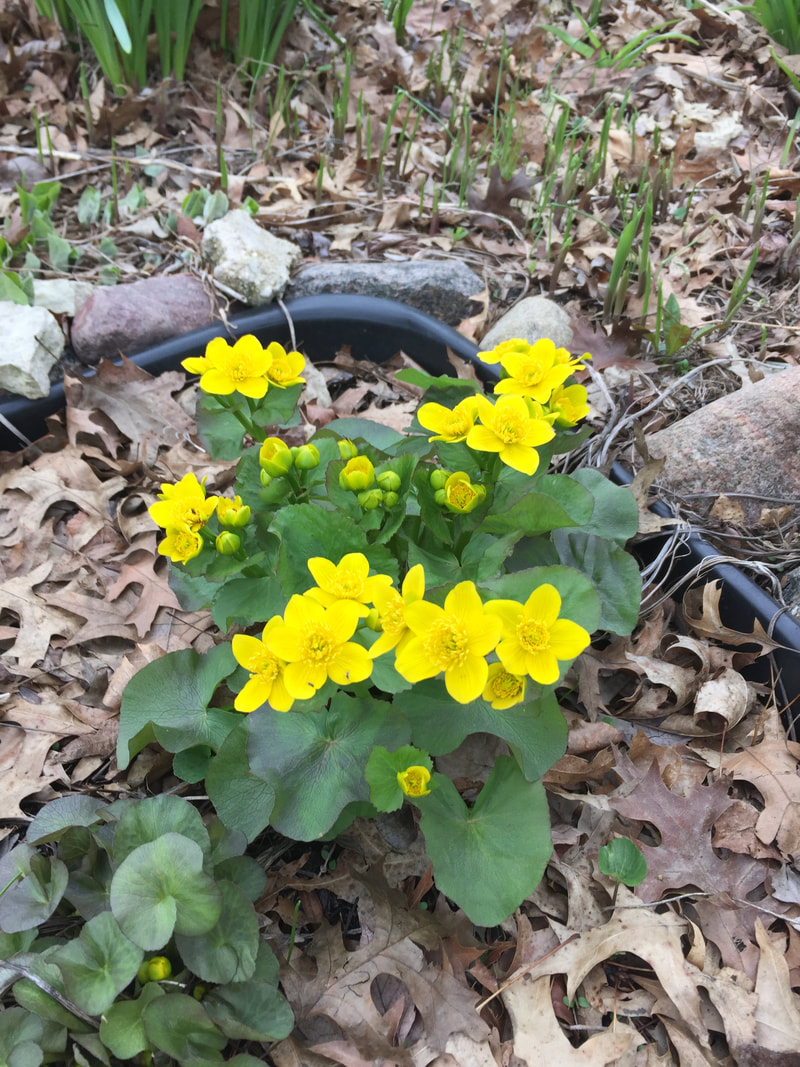
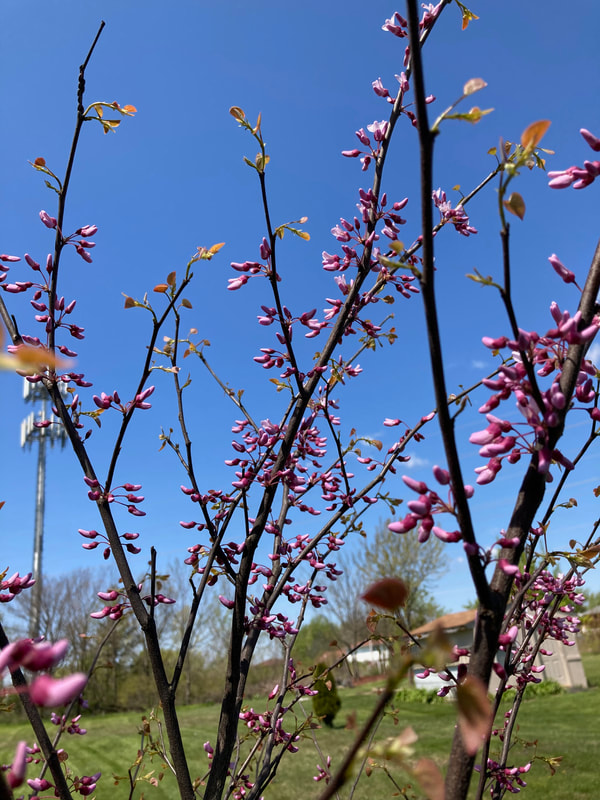
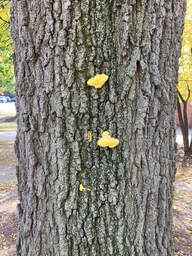
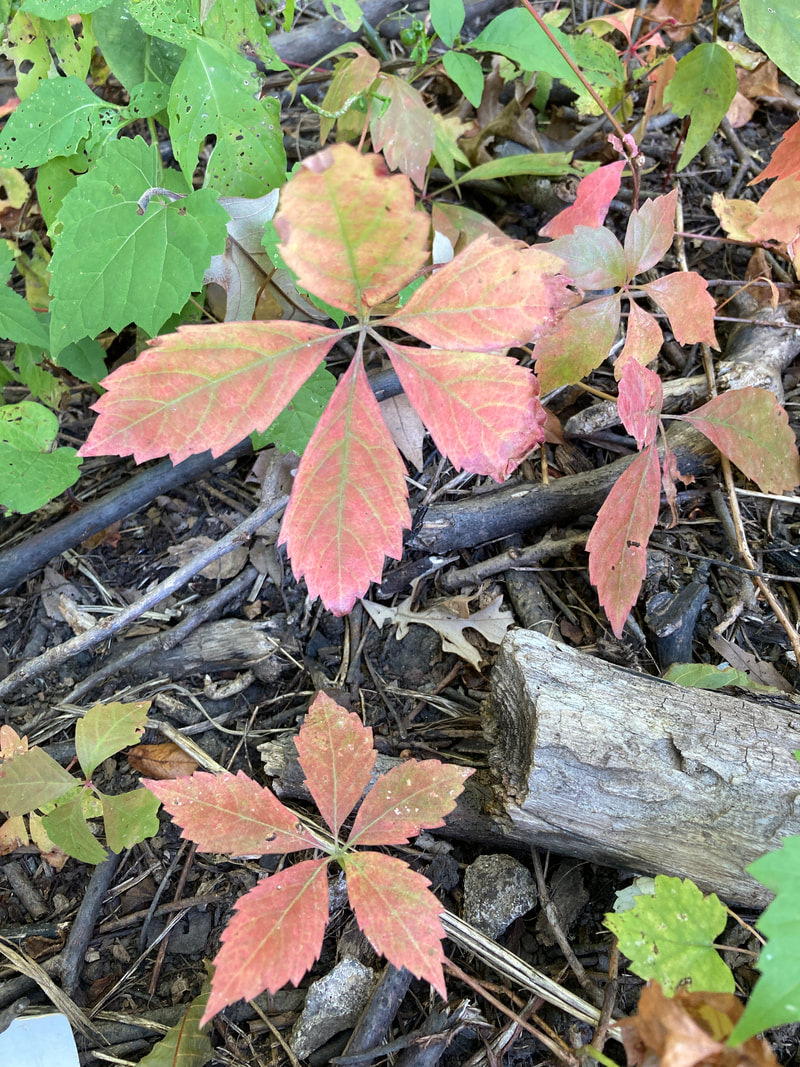
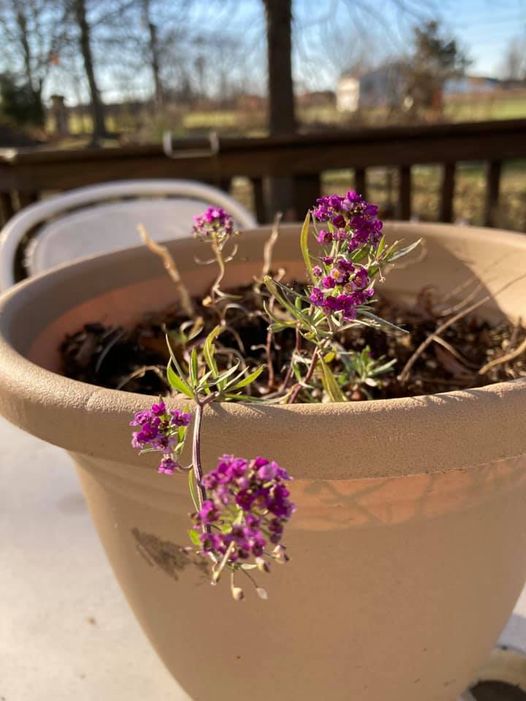
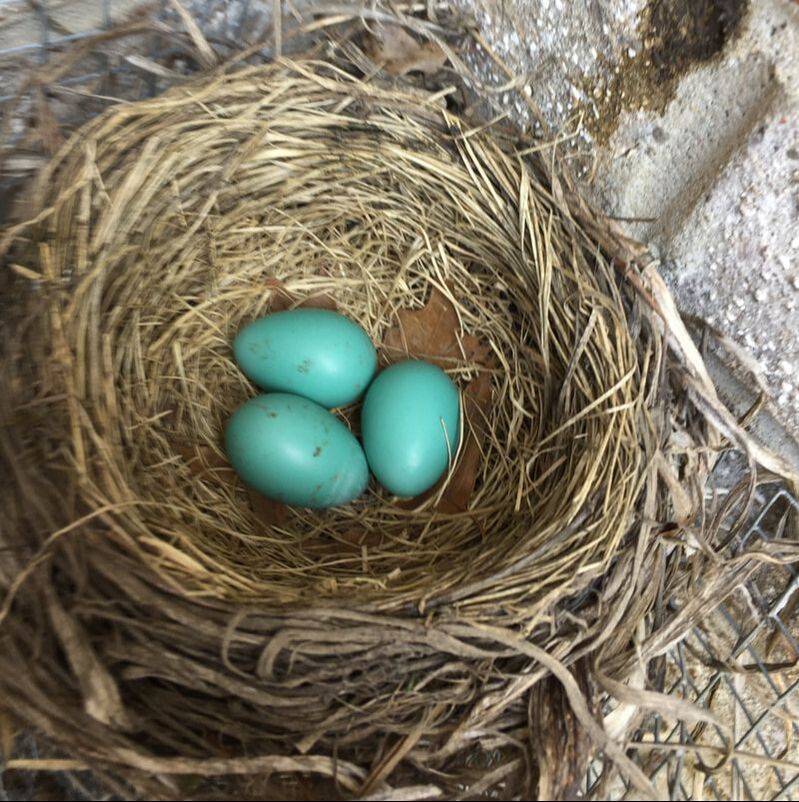
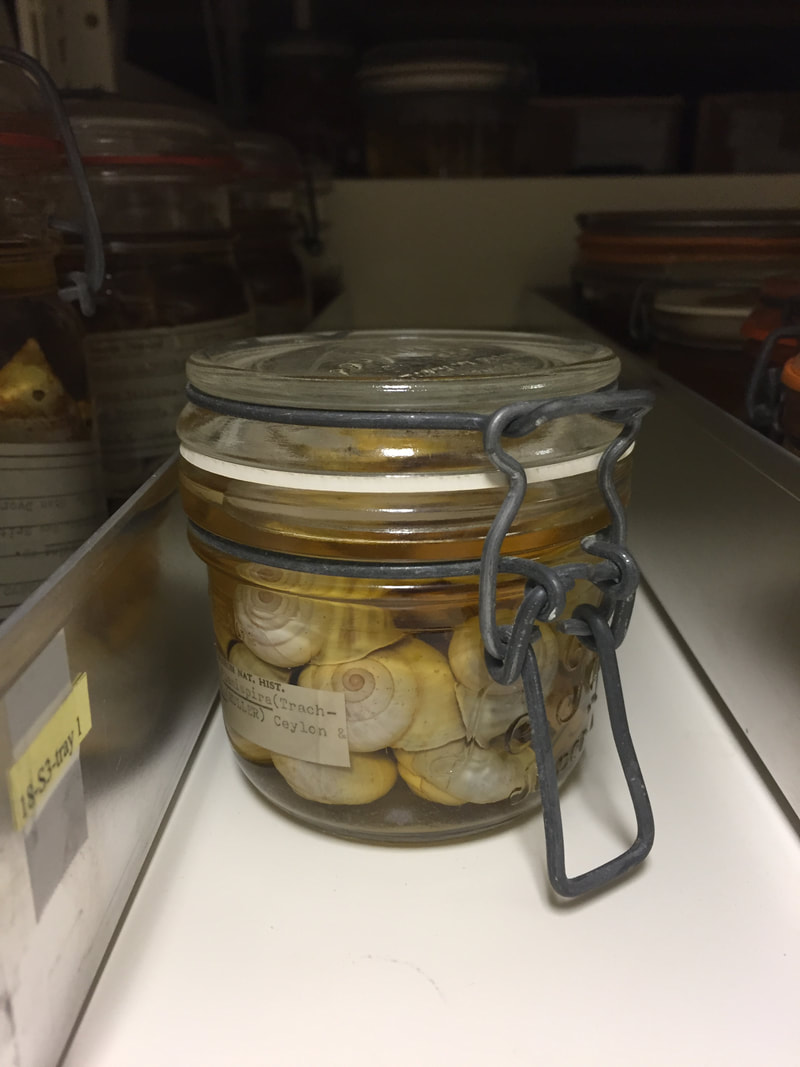
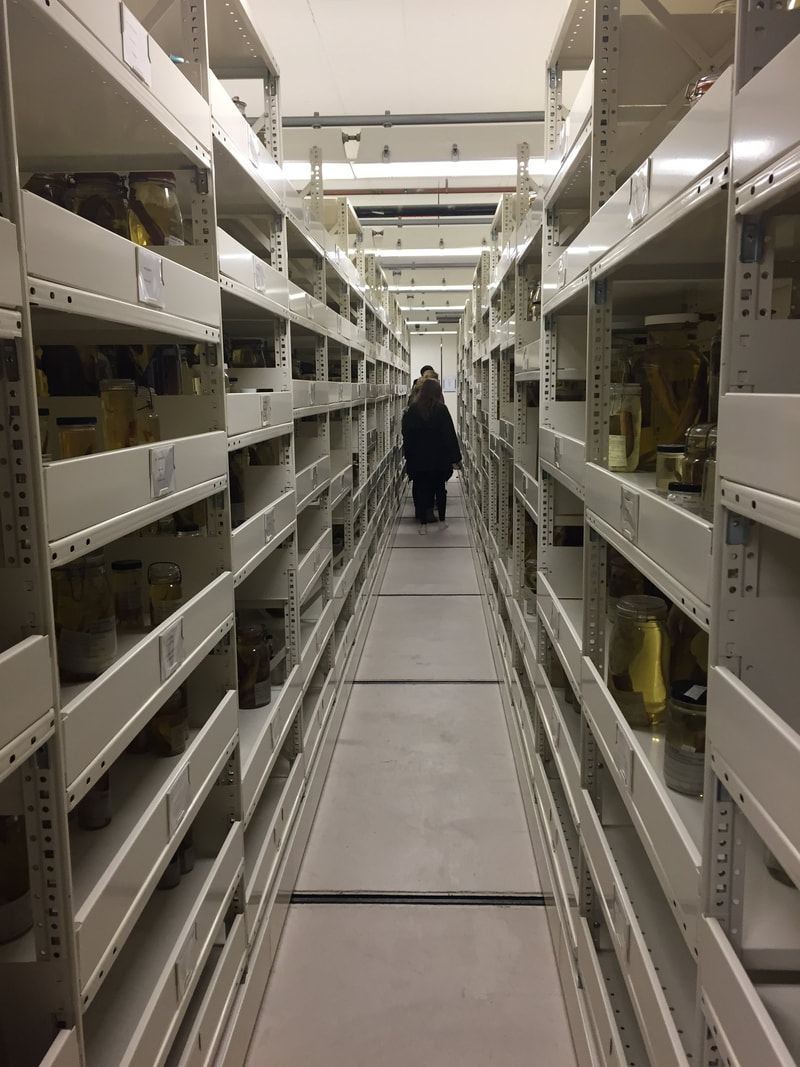
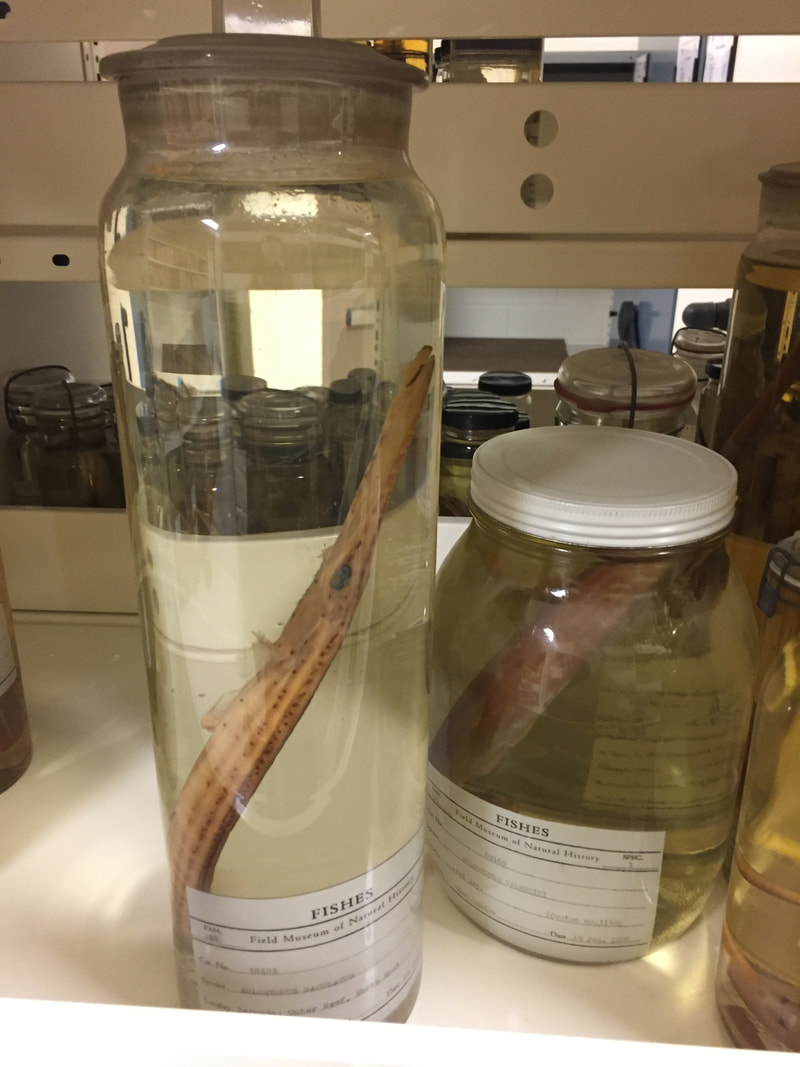
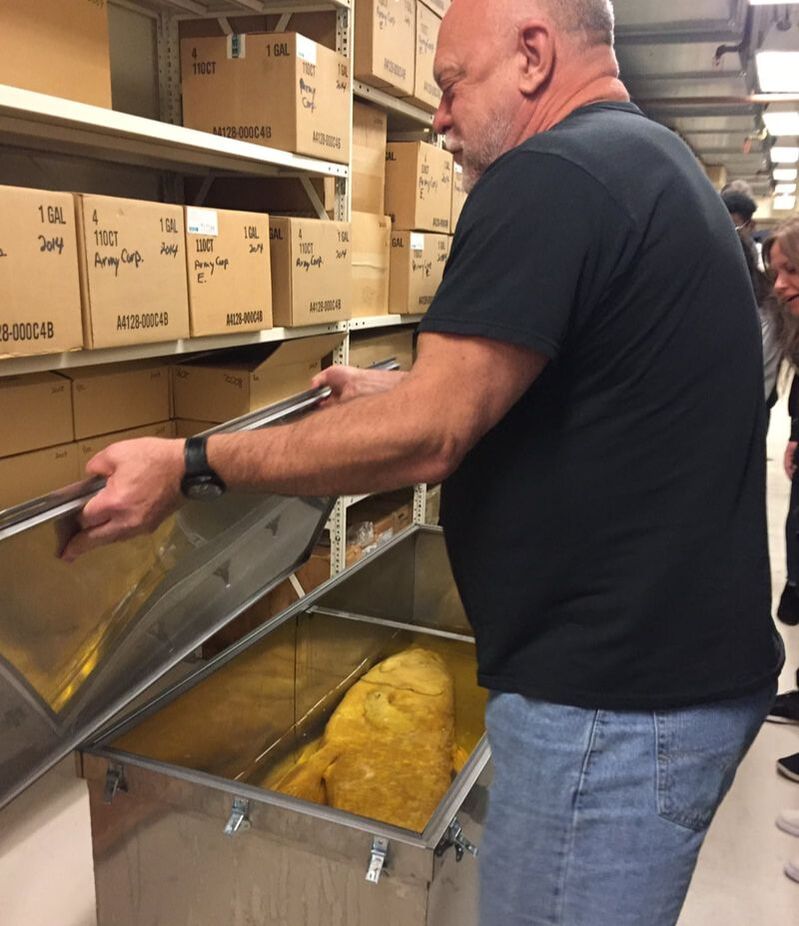
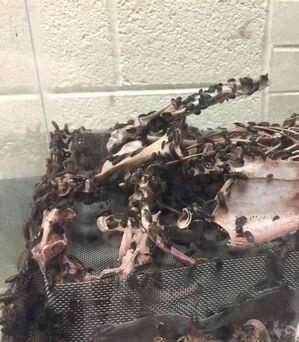
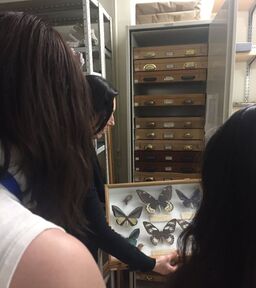
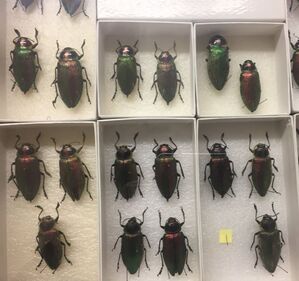
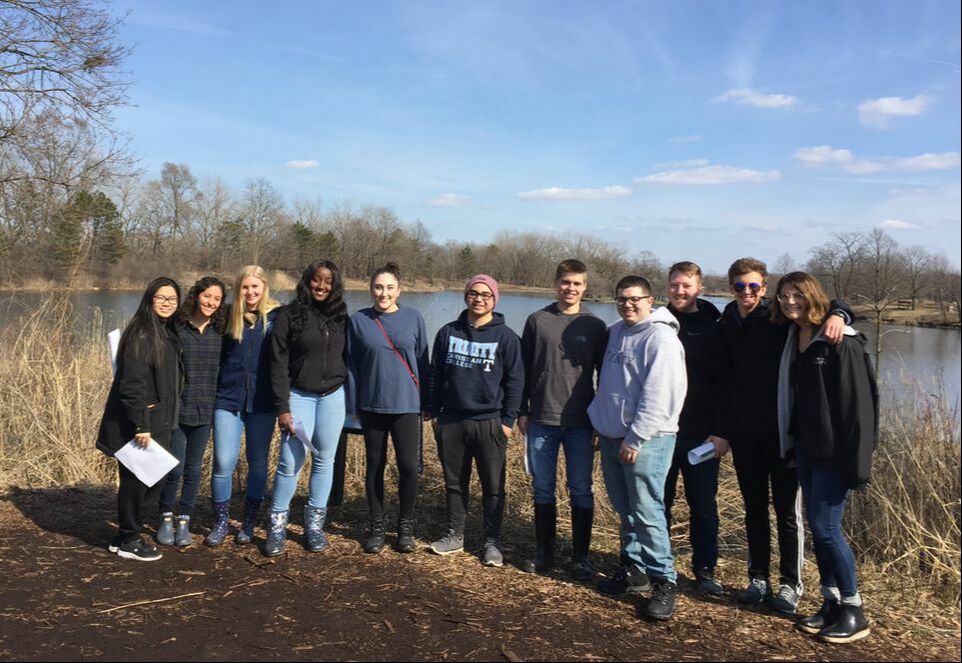
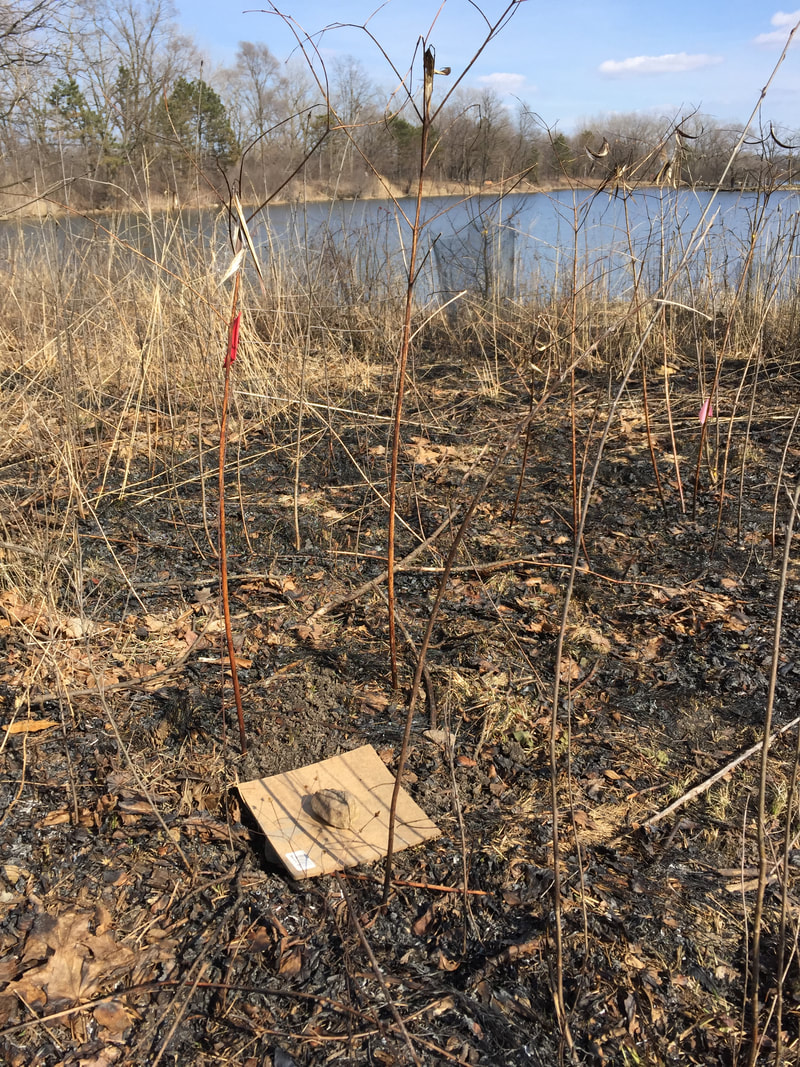
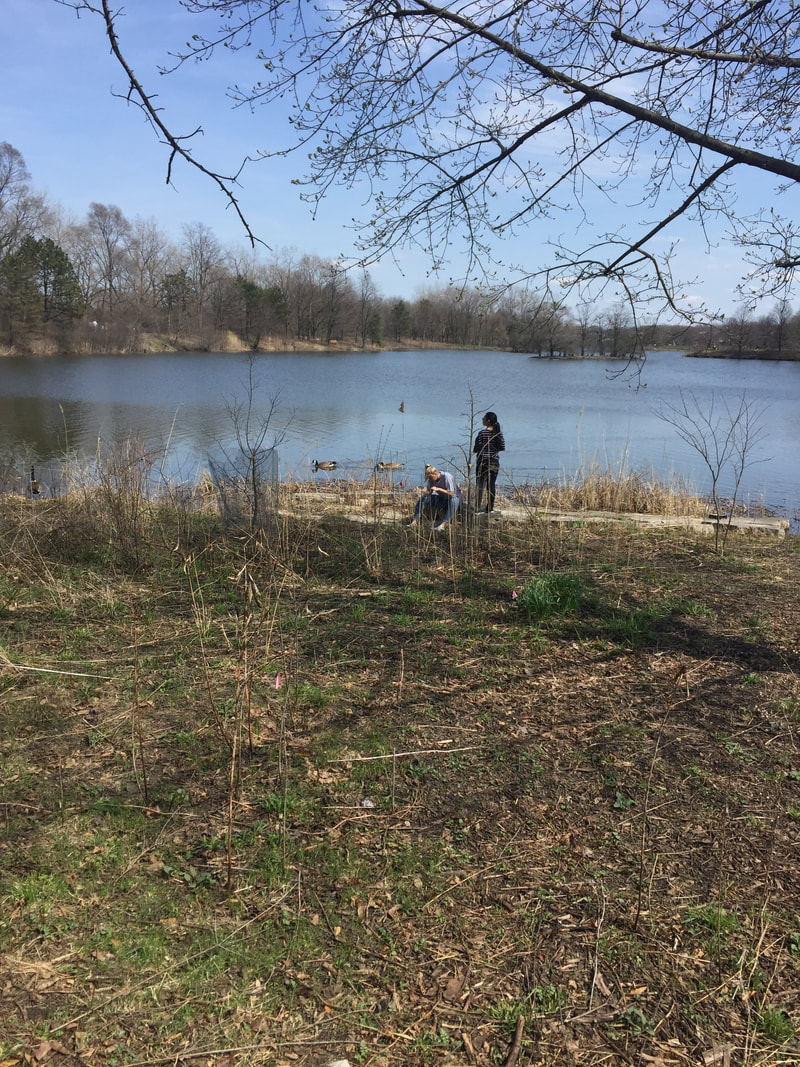
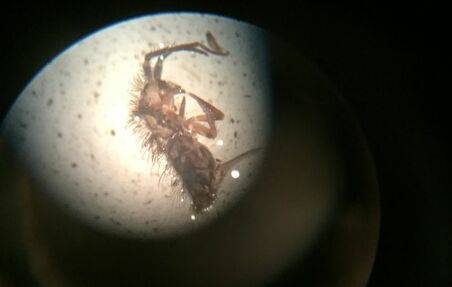
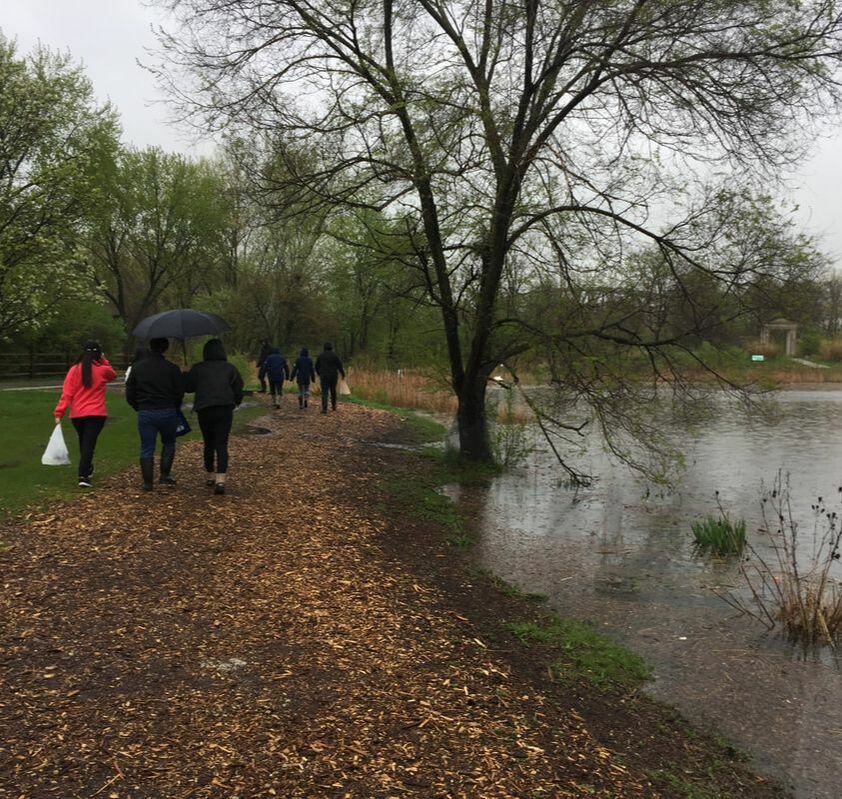
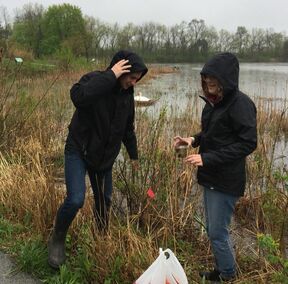
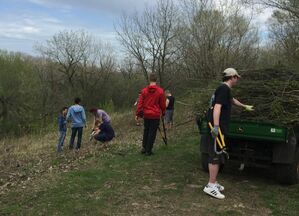
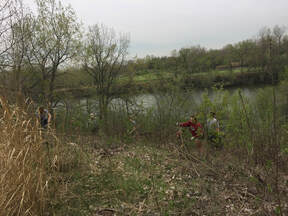
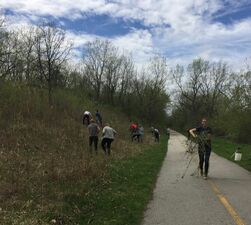
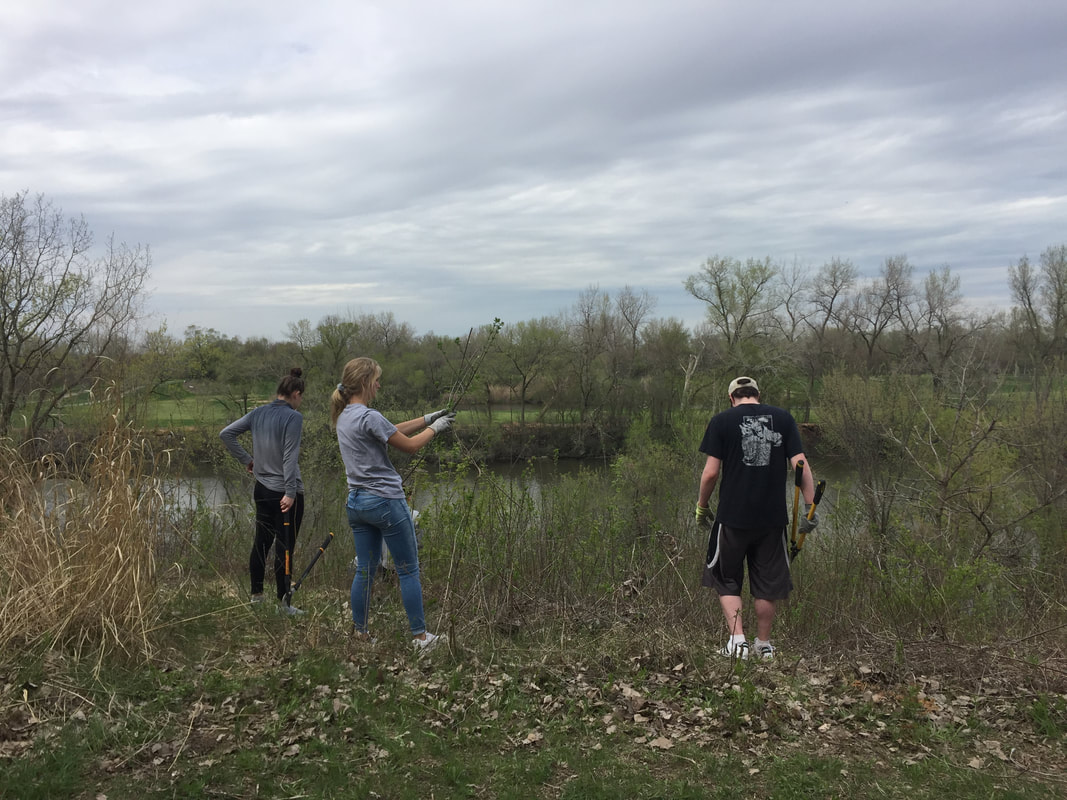
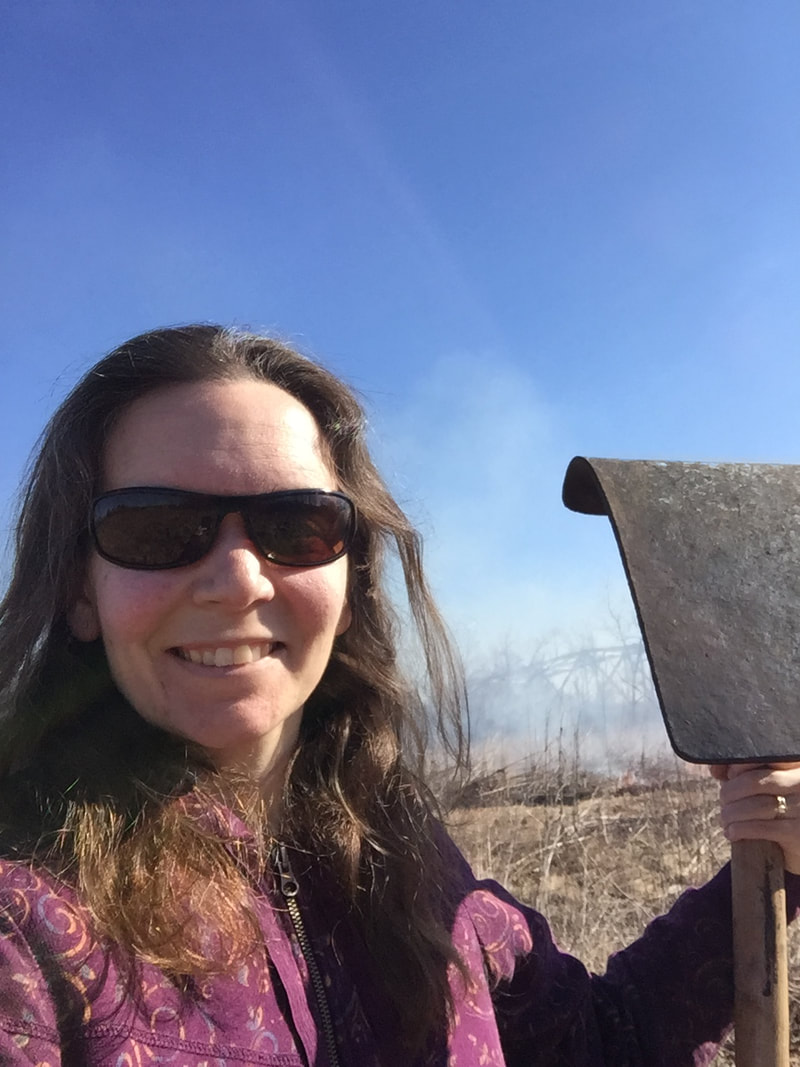
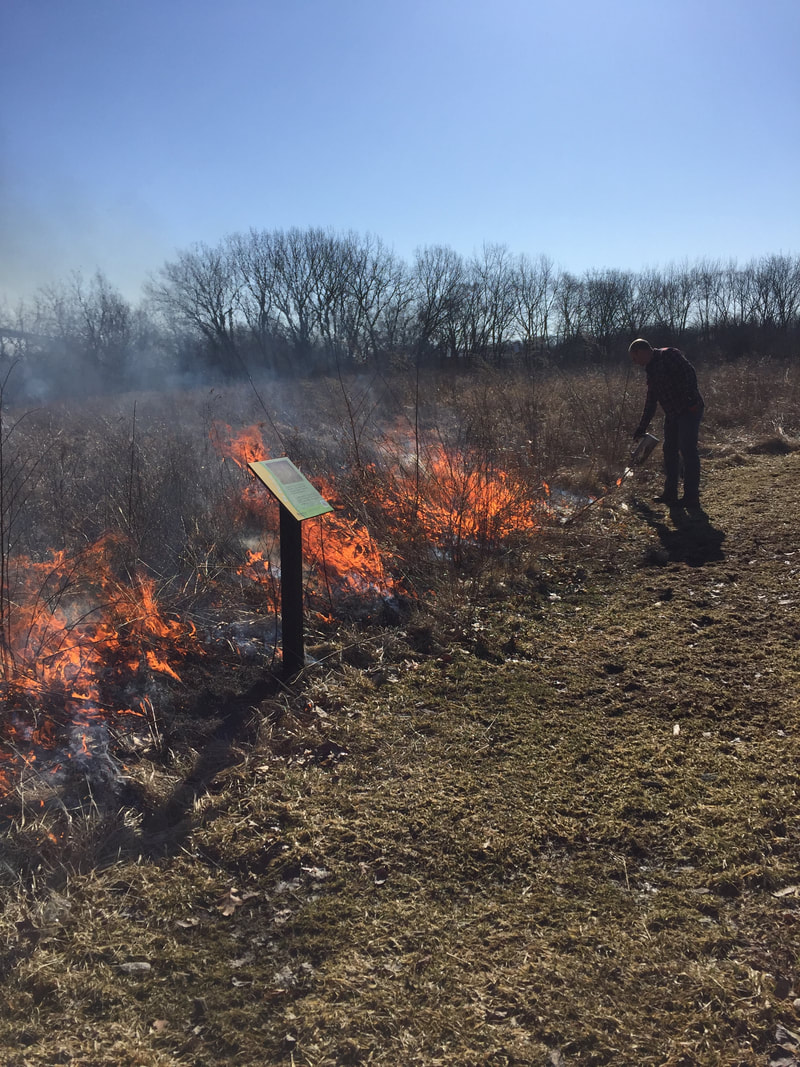
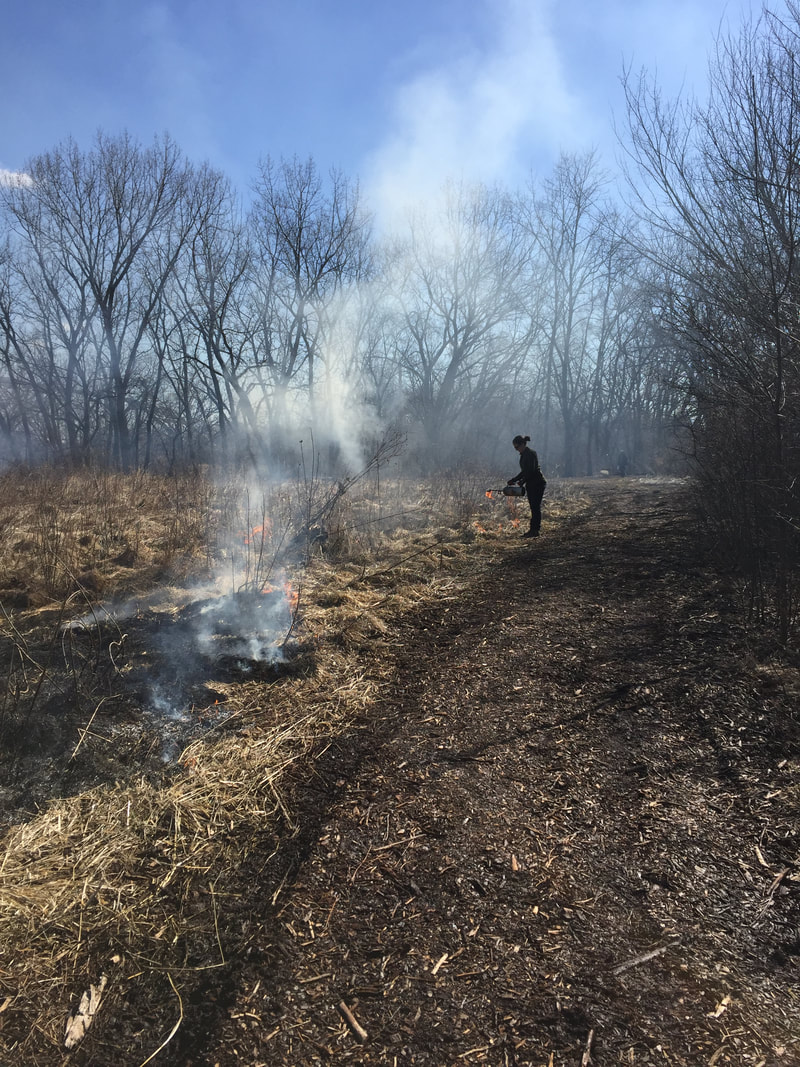
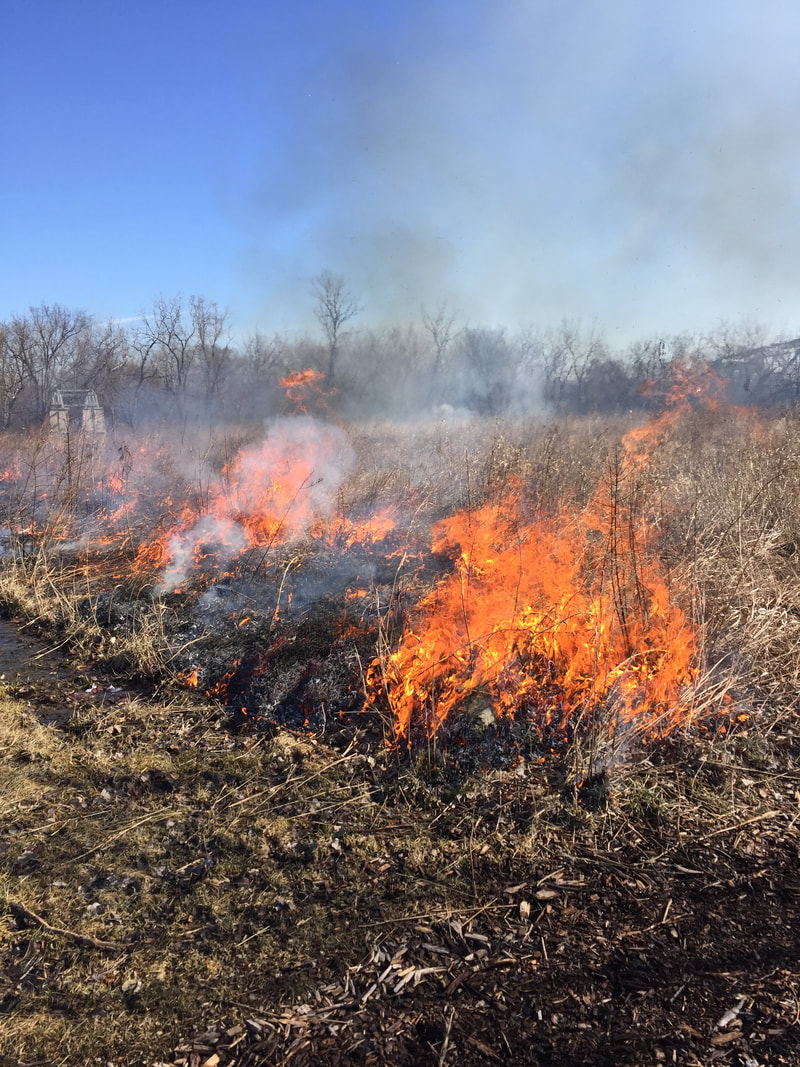
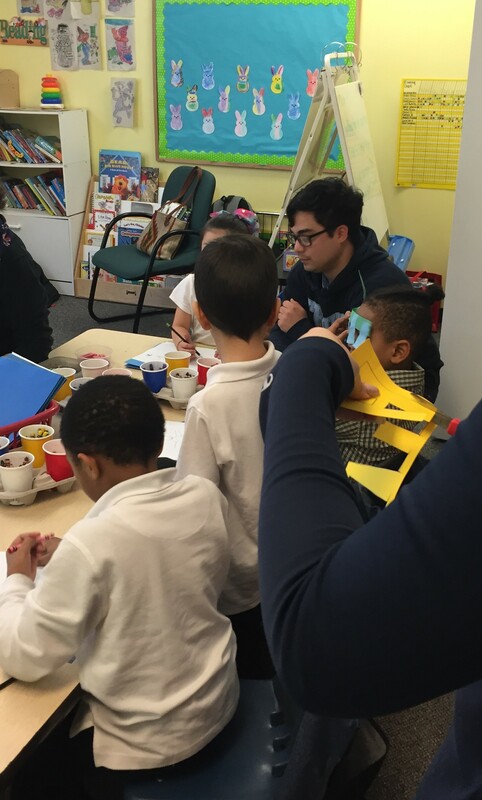
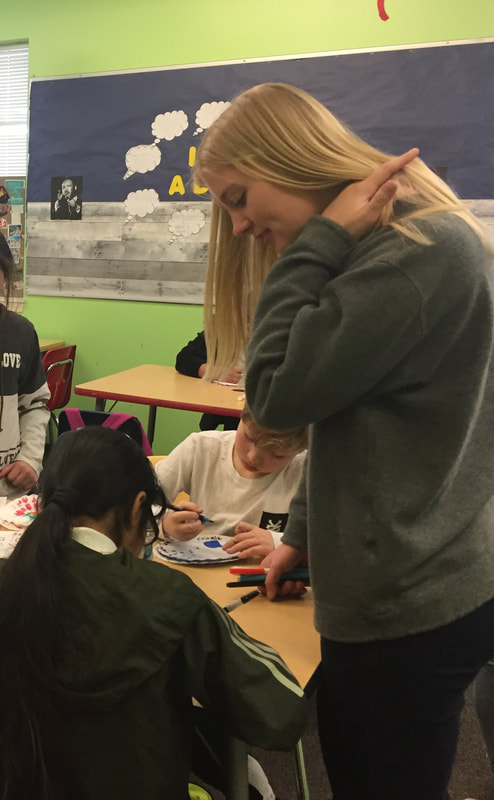
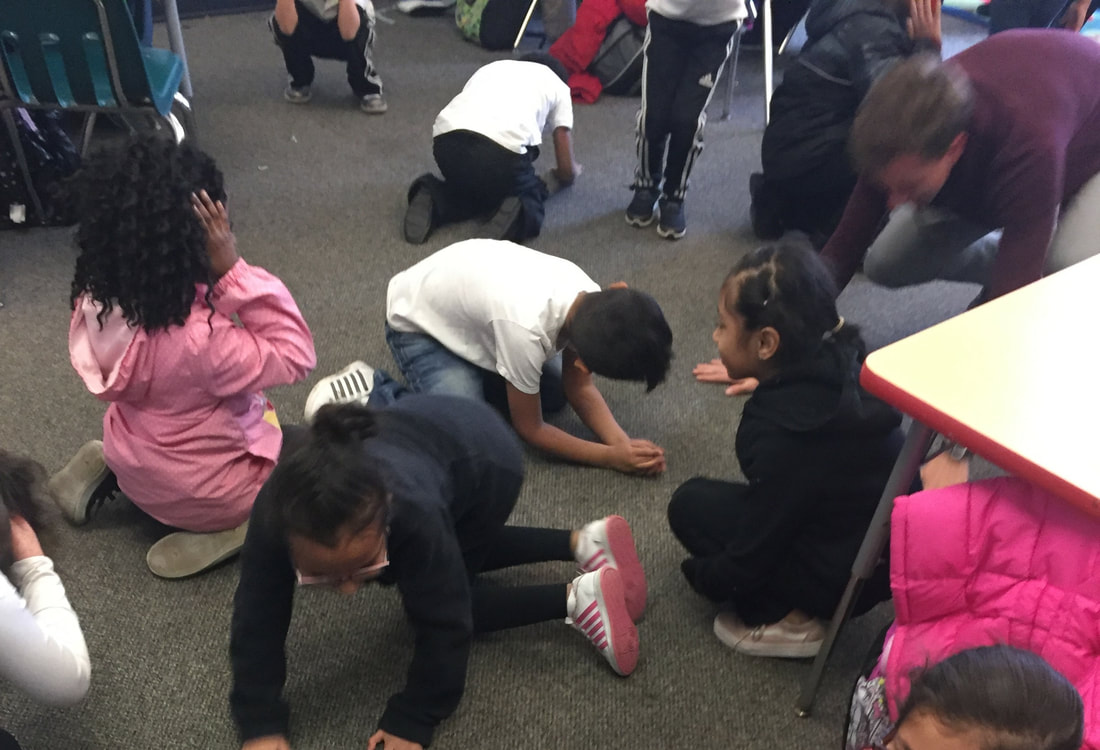
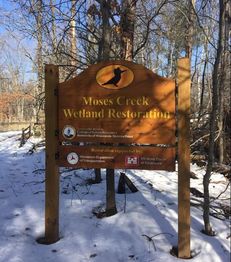
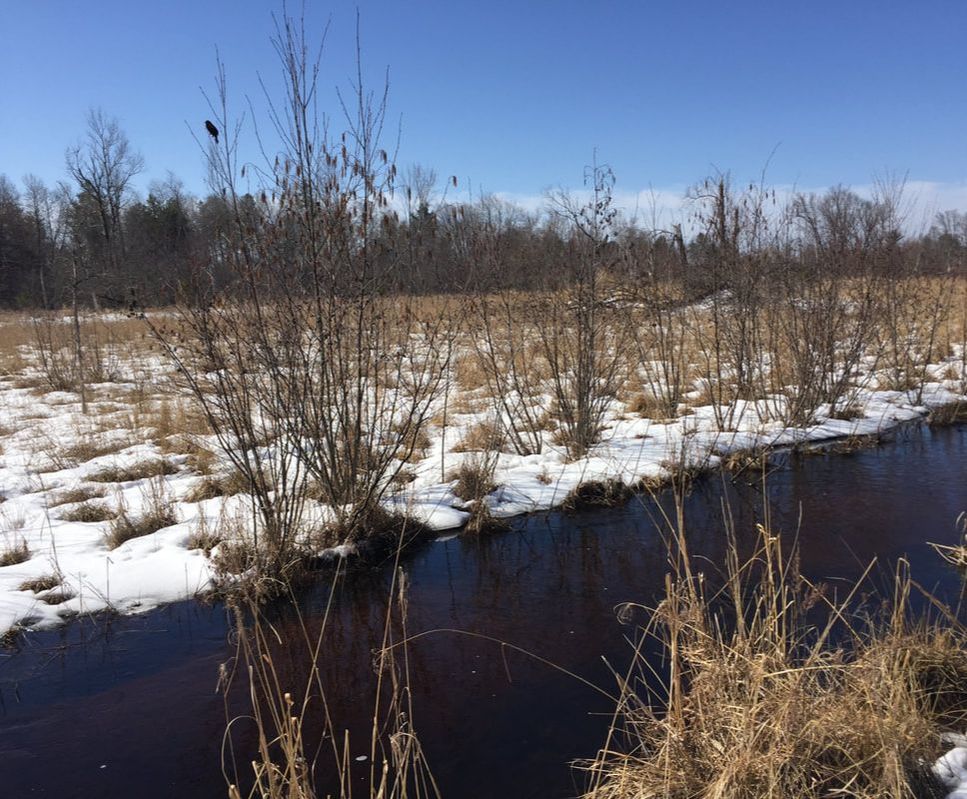
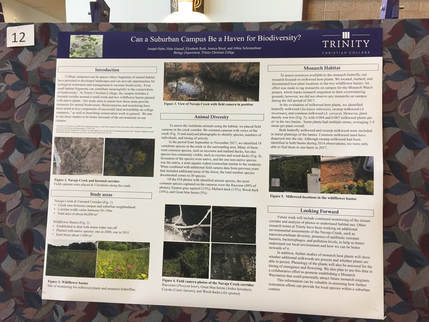
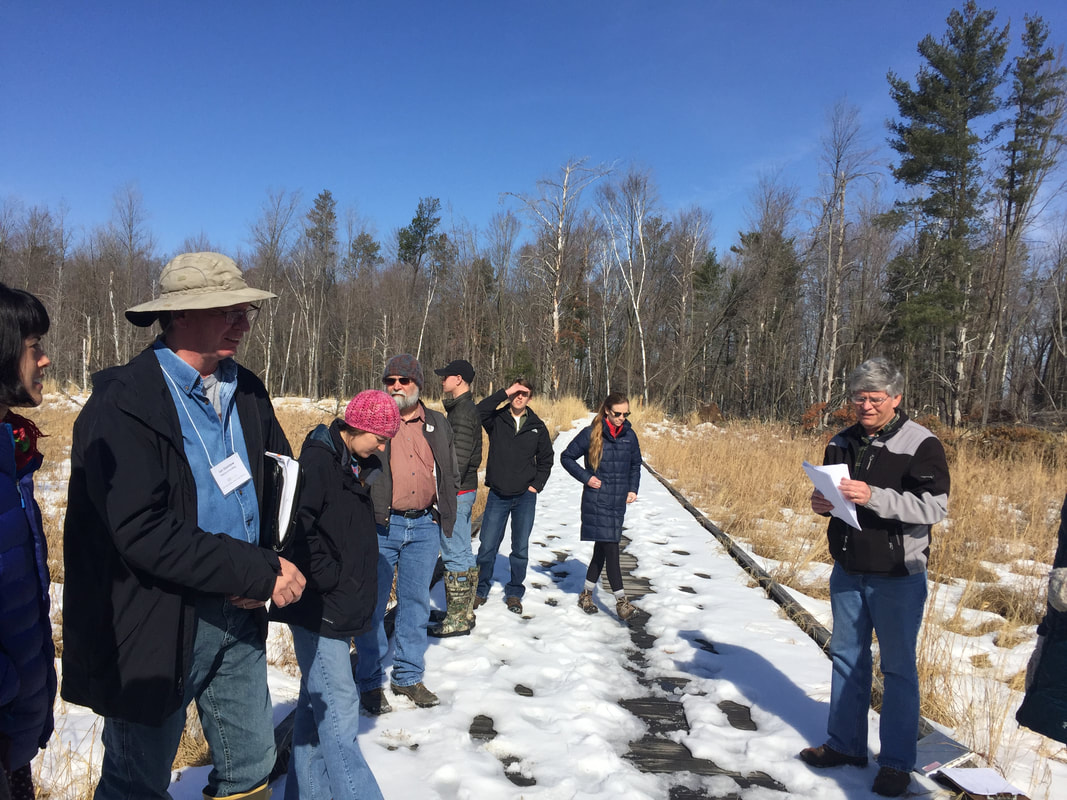
 RSS Feed
RSS Feed
